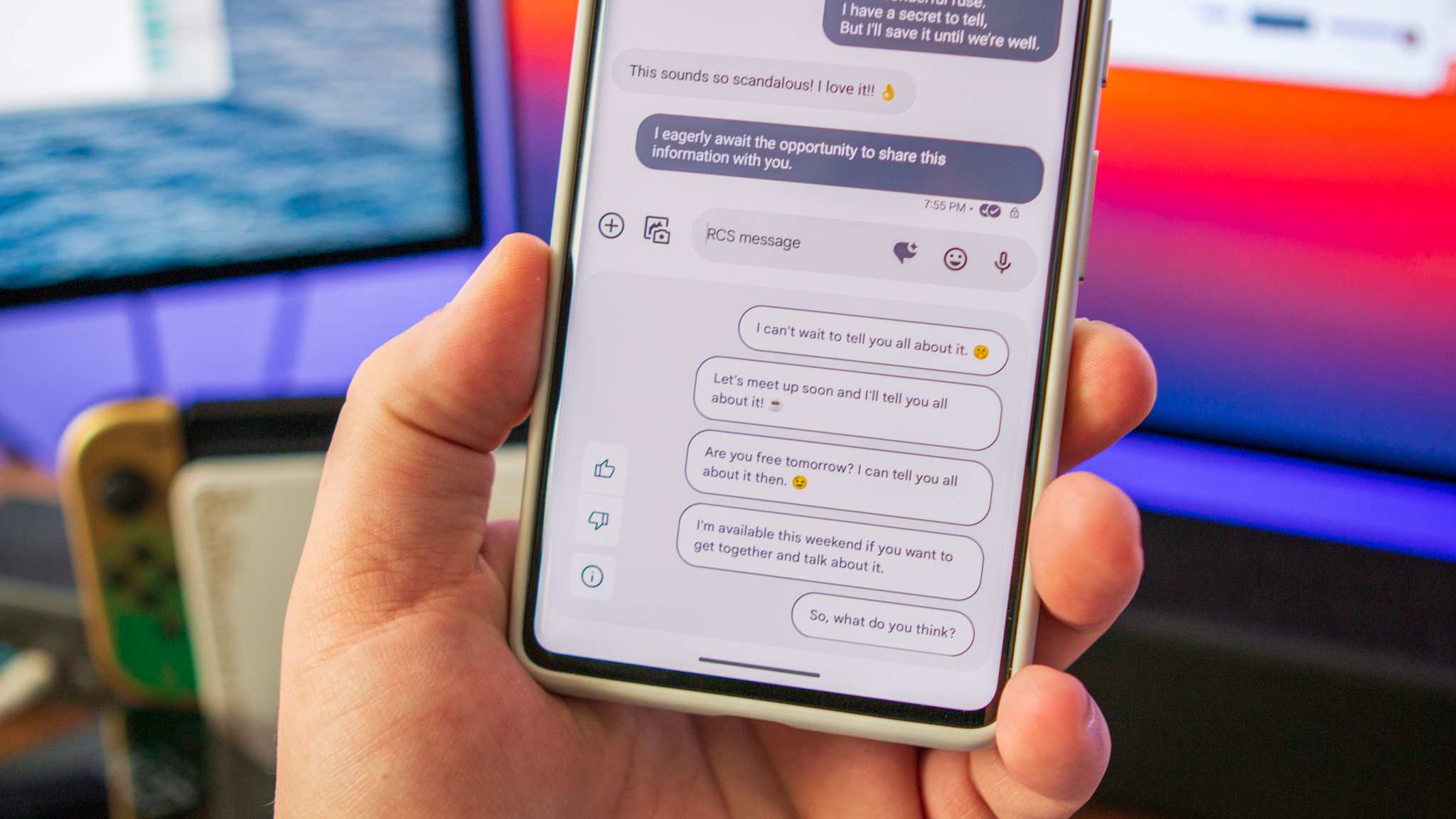
Understanding Google Messages
Google Messages serves as the default messaging app on many Android devices. It offers features like end-to-end encryption, group chats, and multimedia file sharing. However, these features can lead to a cluttered inbox if not managed properly.
Why Organize Your Messages?
Organizing messages is crucial for several reasons:
- Efficiency: Quickly locate specific messages, saving time and effort.
- Clutter Reduction: Categorizing messages eliminates visual clutter.
- Improved Focus: Prioritize important conversations and avoid missing critical information.
- Enhanced User Experience: A clean inbox contributes to a more enjoyable communication experience.
Steps to Organize Google Messages Categories on Android
Using Labels
Labels function like folders in email clients, allowing categorization based on specific criteria.
Step-by-Step Guide to Using Labels:
- Open Google Messages: Launch the app on your Android device.
- Navigate to the Conversation: Select the conversation you want to label.
- Long Press on the Conversation: Hold the conversation title until a menu appears.
- Select "Label": Choose "Label" from the menu.
- Create a New Label: If no label exists, tap "Create label" and enter a name (e.g., "Work," "Family").
- Apply the Label: Tap the created or selected label to apply it to the conversation.
Using Categories
Categories group multiple labels together, offering broader organization.
Step-by-Step Guide to Using Categories:
- Open Google Messages: Launch the app on your Android device.
- Navigate to the Conversation: Select the conversation you want to categorize.
- Long Press on the Conversation: Hold the conversation title until a menu appears.
- Select "Category": Choose "Category" from the menu.
- Create a New Category: If no category exists, tap "Create category" and enter a name (e.g., "Work," "Personal").
- Apply the Category: Tap the created or selected category to apply it to the conversation.
Using Smart Reply
Smart Reply offers quick response suggestions, streamlining communication.
Step-by-Step Guide to Using Smart Reply:
- Open Google Messages: Launch the app on your Android device.
- Navigate to the Conversation: Select the conversation where Smart Reply will be used.
- Select a Message: Choose a message for Smart Reply.
- Tap on Smart Reply Options: Below each message, suggested replies appear. Tap one to respond quickly.
Using Filters
Filters automatically sort messages based on criteria like sender, date, and content.
Step-by-Step Guide to Using Filters:
- Open Google Messages: Launch the app on your Android device.
- Navigate to the Conversation List: Go to the list displaying all messages.
- Tap on Three Vertical Dots: In the top-right corner, tap the three vertical dots.
- Select "Filter by": Choose "Filter by" from the menu.
- Choose Filter Criteria: Select criteria such as "Sender," "Date," or "Content."
- Apply Filter: Tap "Apply" to sort messages based on chosen criteria.
Using Priority Messages
Priority messages mark important messages as high priority, making them easier to locate.
Step-by-Step Guide to Using Priority Messages:
- Open Google Messages: Launch the app on your Android device.
- Navigate to the Conversation: Select the conversation where a message will be marked as priority.
- Long Press on the Message: Hold the message until a menu appears.
- Select "Mark as Priority": Choose "Mark as priority" from the menu.
- Confirm Priority Status: Confirm by tapping "Mark as priority."
Tips for Effective Organization
- Regularly Clean Up Your Inbox: Periodically remove unnecessary messages or conversations.
- Use Custom Icons: Customize icons for labels and categories for easier recognition.
- Create Custom Filters: Sort messages automatically based on specific criteria like sender or content keywords.
- Use Multiple Labels: Apply multiple labels to a single conversation if it fits different categories (e.g., both work and personal).
- Set Reminders: Use reminders within Google Messages to ensure important messages or follow-ups aren't missed.
Final Thoughts
Organizing your Google Messages inbox is essential for maintaining a clutter-free and efficient communication experience on Android. By using labels, categories, Smart Reply, filters, and priority messages, you can streamline your messaging process and prioritize important conversations. Following these tips will further enhance your ability to manage messages effectively, keeping your inbox focused on what matters most—your communication with others.
